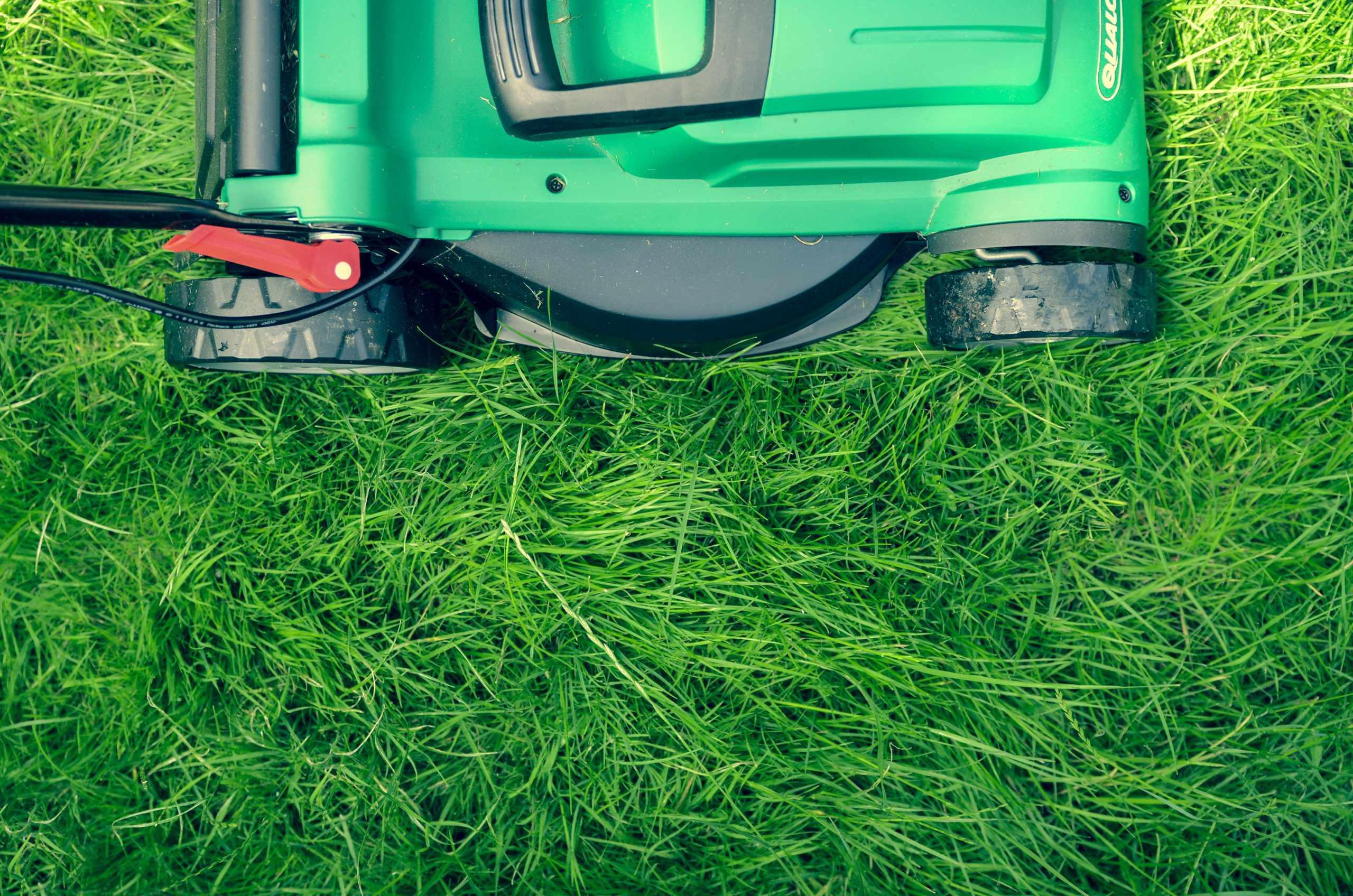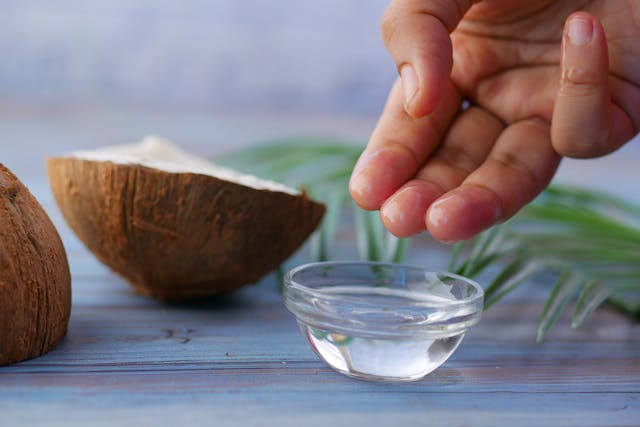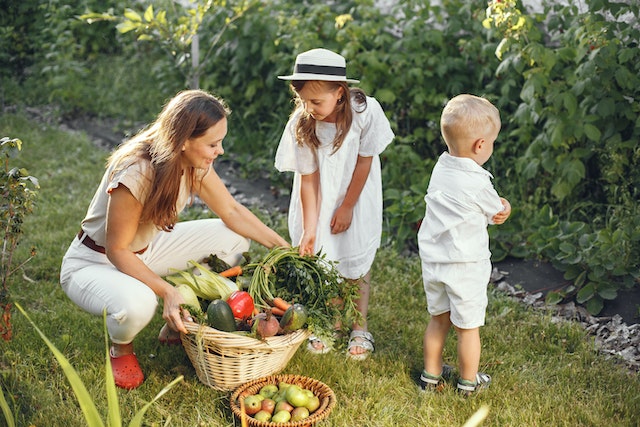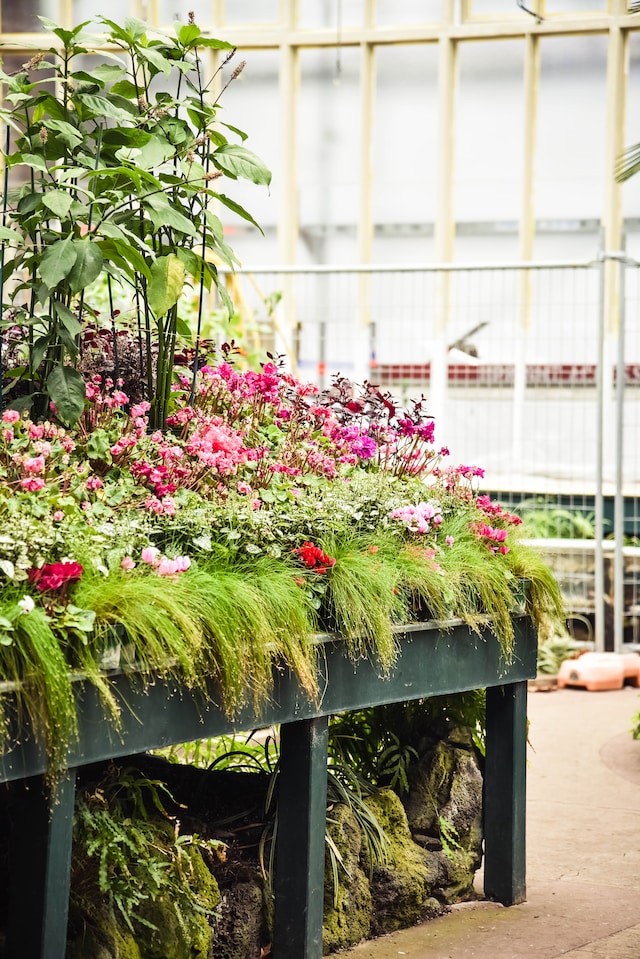Subhead: How growing your own herbs and plants can promote wellness and alleviate ailments
Opening Paragraph: In today’s world, where synthetic drugs and prescription medications have become commonplace, the idea of using plants and herbs for medicinal purposes might seem archaic. However, for thousands of years, humans have relied on the healing properties of nature to cure various ailments and promote wellness. Growing a healing garden can provide a natural and sustainable way to improve your health and well-being. In this article, we’ll explore the benefits of green medicine and how to create your own healing garden for natural remedies.
Body:
- The power of plants in healing: Throughout history, plants have been used for their therapeutic properties. From ancient Chinese medicine to Native American healing practices, plants and herbs have been used to treat everything from headaches to heart disease. In recent years, scientific research has validated the effectiveness of many traditional remedies. For example, studies have shown that ginger can alleviate nausea, while chamomile can improve sleep quality. By growing your own medicinal plants, you can have access to safe and natural remedies for various health issues.
- Benefits of a healing garden: Apart from the obvious health benefits, growing a healing garden can also be a relaxing and enjoyable hobby. It can provide a sense of connection to nature and the satisfaction of growing your own food and medicine. Additionally, a garden can enhance the aesthetic appeal of your home and increase its value. Furthermore, growing your own herbs and plants can help reduce your carbon footprint and promote sustainability.
- How to create a healing garden: Creating a healing garden doesn’t require a lot of space or a green thumb. With some basic knowledge and a few essential tools, anyone can create a thriving garden. First, it’s important to choose the right location, where the plants can get enough sunlight and water. Next, you’ll need to decide on the types of plants you want to grow and obtain the necessary seeds or seedlings. Finally, you’ll need to cultivate the soil, water the plants, and maintain the garden regularly.
- Best plants for a healing garden: There are countless plants and herbs with medicinal properties that you can grow in your garden. Some popular choices include lavender for its calming properties, peppermint for digestive issues, and echinacea for boosting immunity. It’s important to choose plants that are well-suited to your climate and growing conditions.
- Ethical considerations: While growing your own medicinal plants can be a great way to promote health and wellness, it’s important to do so ethically and sustainably. Some plants are endangered, and their harvesting can contribute to their depletion. Additionally, it’s important to avoid using harmful pesticides and to respect the natural habitats of animals that may rely on the plants.
Closing paragraph: In conclusion, creating a healing garden can be a rewarding and sustainable way to promote wellness and alleviate ailments. By tapping into the power of plants, we can reconnect with nature and take control of our health. Whether you’re an experienced gardener or a novice, growing a healing garden can be a fun and fulfilling way to improve your life.
Word count: Approximately 650 words.










